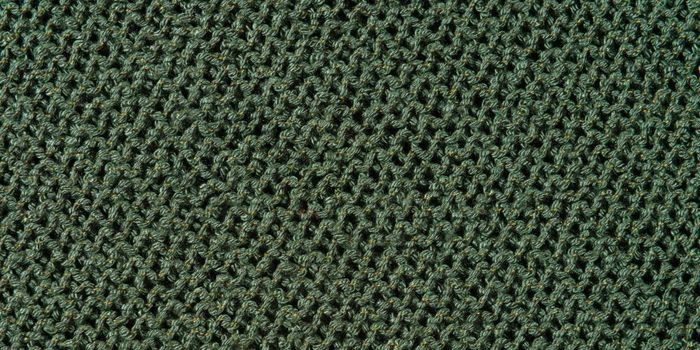Detecting Cannabis at an Ancient Shrine at Tel Arad in Israel
While cannabis has only recently become legalized in many areas of the world, it’s been with us for thousands of years. Remnants of cannabis and hemp have been identified by archaeologists, specifically paleoethnobotanists, at archaeological sites in China, Sweden, and across the Greek and Roman worlds. While in some areas the use (medicinal, as hemp byproducts, or for recreational use) is debated, a relatively new discovery in Israel sheds light on how one culture made use of this multipurpose plant.
The site, a Judahite shrine and altar at Tel Arad, Israel, dates to the Iron Age in the 8th century BCE. The altar in question was first excavated in the 1960s and is comprised of two vertical limestone monoliths. On the top surface of each monolith was an unidentified dark substance or residue. While chemical testing of these residues conducted in the 60s yielded uncertain results, more modern tests carried out by researchers at the Israel Museum (Jerusalem) and the Agricultural Research Organization - Volcani Center in Bet-Dagan (Israel) were able to detect specific chemical components of, among other things, cannabis.
On the smaller of the two altars, the analysis detected Δ9-teterahydrocannabinol (THC), cannabidiol (CBD), cannabinol (CBN), as well as terpenes and terpenoids. These residues suggested to the researchers that not only was cannabis present on the altar, but that it was burned. However, it was not burned on its own. Rather, it was mixed with animal dung to enhance its burning properties at. While this may seem an interesting choice today, please remember that burning animal dung for fuel in the past was not at all unusual. On the smaller altar the researchers detected another aromatic, frankincense, mixed with animal fats.
The researchers suspect that combining the cannabis with animal dung allowed it to be burned for longer, at lower temperatures, allowing ritual experts to inhale the smoke and experience the psychoactive properties associated with the plant. Lead archaeologist Eran Arie of the Israel Museum, Jerusalem, noted that “cannabis is completely new for understanding incense burning in this region, and in Judah in particular.” He goes on to theorize that the cannabis found at Tel Arad was not grown in Israel, but was more likely imported from China or southeastern Russia where even older instances of cannabis have been identified in archaeological contexts.
While there is certainly more work to be done in unravelling the history (and pre-history) of cannabis in the ancient world, this study gives us a new glimpse into how the psychoactive aspects of cannabis were used in the past.
Environmental Science.Org, Science, Taylor & Francis Online (1), Cannabis in the Ancient Greek and Roman World, Taylor & Francis Online (2), Sage Journals, Science News, LiveScience, Journal of Experimental Botany, Vegetation History and Archaeobotany









